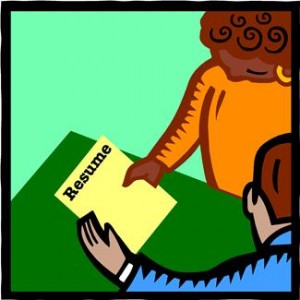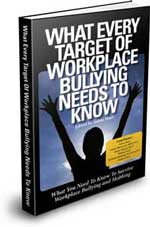Author: Roger Clark
There are many options of available to today’s job seeker. With a quick change of graphical elements such as fonts and style, the feel of a resume can change from traditional and conservative to creative and modern.
Printed Resumes
A print version of your resume refers to the version of your resume that is ready to print; either for mailing for job leads or for hand delivering to potential contacts.
This version may contain bold print, italicized text, bullet-ed lists and less well known fonts, however these should be used sparingly.
Whitespace
The amount of whitespace should also remain consistent throughout the resume. The use of whitespace in a resume can be critical. Too much whitespace will draw attention to a resume that may be lacking in skills and experience.
Scannable Resumes
A scannable resume contains the exact same information as print version resume layouts but is presented in a less ‘fancy’ manner. A scannable resume is to be used for those situations when you wish to cut and paste your resume into online databases. There are a few guidelines that should be adhered to when creating a scannable resume, however to avoid disaster.
Fonts
Stick to safe fonts such as Ariel, Helvetica or Courier. Use a font size anywhere between 10 to 14 points and refrain from bolding, underlining or italicizing any text. Also do not use any symbols such as parenthesis, asterisks or bullets.
One Column Resume Layouts
A one column resume layout is much more traditional. This type of format would be more appropriate for use when applying for a position in a conservative job market.
Two Column Resume Layouts
A two column resume layout is more creative. This type of format would be better suited when applying for a position in an industry that is known for its creativity. It would not be appropriate for more traditional type jobs. Headings are left justified while the corresponding information is placed in the right column.
Left Aligned Resume Layouts
Left aligned resume layouts are particularly good for resumes that are short in nature. All headings and corresponding information are aligned to the left.
Centered Resume Layouts
A centered resume layout can be hard on the eye and difficult to read, however this can be minimized with skillful use of formatting and style features to clearly delineate information.
Indented Layouts
This type of resume can feel traditional, but the paragraphs can be hard on the eye; particularly for employers who simply want to ‘scan’ a resume. An indented resume features left-aligned text, but the paragraphs are indented.












